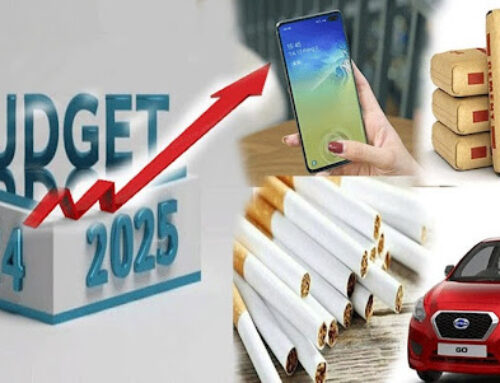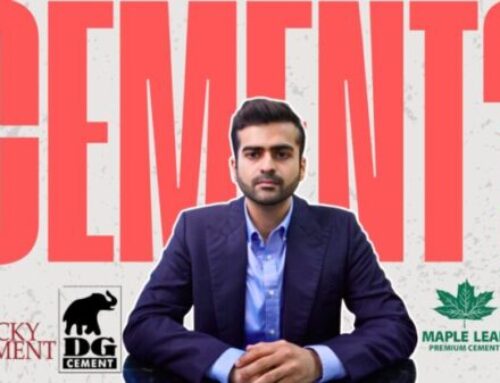The sensational rise of Sazgar Engineering Works Limited’s (SAZEW) stock price from Rs45 to Rs850 in just one year has captured significant attention. While some attribute this surge to high-level speculative trading, or “satta,” a deeper analysis reveals a compelling economic narrative rooted in Pakistan’s auto industry dynamics and key government policies.
The Economic Context
The economics of Pakistan’s car industry and the implications of the Auto Policy 2016 play a crucial role in this story. This policy incentivized new entrants with reduced duties on Completely Knocked Down (CKD) kits, fostering competition until its scheduled expiration in June 2026. By significantly lowering production costs, this initiative enabled companies like Sazgar to price their cars competitively, laying the groundwork for their impressive market performance.
To understand the magnitude of Sazgar’s growth, consider the economics of their operations. Sazgar’s plant, with a capacity of 24,000 units per year, was established with an investment of around Rs2-2.5 billion. Assuming a successful launch, if the company sells 10,000 cars annually and makes a profit of Rs 500,000 per car, it could generate Rs5 billion in annual earnings. This high return on a relatively modest investment highlights the lucrative potential of the car assembly business in Pakistan, especially when executed effectively. The industry’s negative cash cycle, where customers make advance payments, further enhances Sazgar’s financial position, reducing the need for substantial working capital to scale up production. This financial model, combined with effective execution and favorable government policies, underpins Sazgar’s rapid stock price increase and promising future prospects.
Investors are cautioned against simply applying Price-to-Earnings (PE) ratios to Sazgar’s current earnings. A forward-looking approach considering post-2026 scenarios is essential. Detailed analysis of execution strategies and market positioning is crucial before investing in any auto industry player.
Execution and Market Positioning
Central to Sazgar’s success is its execution strategy. Despite the challenges of Pakistan’s competitive auto market, characterized by delays in delivery of cars, Sazgar stood out by effectively launching and scaling its vehicles. This proficiency, coupled with a negative cash cycle where customers pre-pay for cars, has bolstered their profitability. Sazgar’s ability to deliver on promises in a timely manner has set it apart from many competitors, solidifying its market position.
Policy Impacts and Future Outlook
The Electric Vehicle (EV) and Hybrid policy of 2021 further incentivizes the production of eco-friendly vehicles, aligning with global trends and providing a strategic advantage to prepared companies. However, the longevity of these incentives beyond their current term remains uncertain, posing a potential challenge.
Looking ahead, factors such as currency stability—which historically boosts car sales in Pakistan—and Sazgar’s strategic alignment with China’s HAVAL brand for cost-efficient CKD imports position the company favorably.
One significant advantage Sazgar holds is the cost-efficiency of Chinese-manufactured cars compared to Japanese ones. Due to economies of scale and cheaper labor costs in China, Sazgar can procure CKD kits for their HAVAL brand at a lower cost. Specifically, cars manufactured in China are approximately 10-20% cheaper than those made in Japan. This cost advantage is crucial in an industry where gross margins typically hover around 10%. By leveraging these lower costs, Sazgar can enhance its market competitiveness substantially.
This strategic advantage allows Sazgar to potentially become a major player in Pakistan’s auto market, challenging established incumbents like INDUS Motors.
While Sazgar is celebrated for its pioneering role in producing Pakistani-made rickshaws exported to Japan, this achievement, though noteworthy, contributes minimally to the company’s overall value compared to its potential in the passenger car segment. The real growth potential lies in the expanding passenger car market, driven by strategic policies and effective execution.
In essence, the rise of Sazgar’s stock price isn’t merely speculative; it reflects a confluence of strategic execution, favorable government policies, and market dynamics. As Pakistan’s auto industry evolves, monitoring Sazgar’s trajectory is essential for any investor.
At ARN Financial Advisors, we believe that identifying key growth drivers, like Sazgar’s strategic execution and market positioning, is essential for maximizing returns. Timing the market is especially critical in volatile sectors like the auto industry, where shifts can offer substantial opportunities. All this we teach in our Masterclass, and make our participants strong enough to have complete command on identifying such opportunities.










